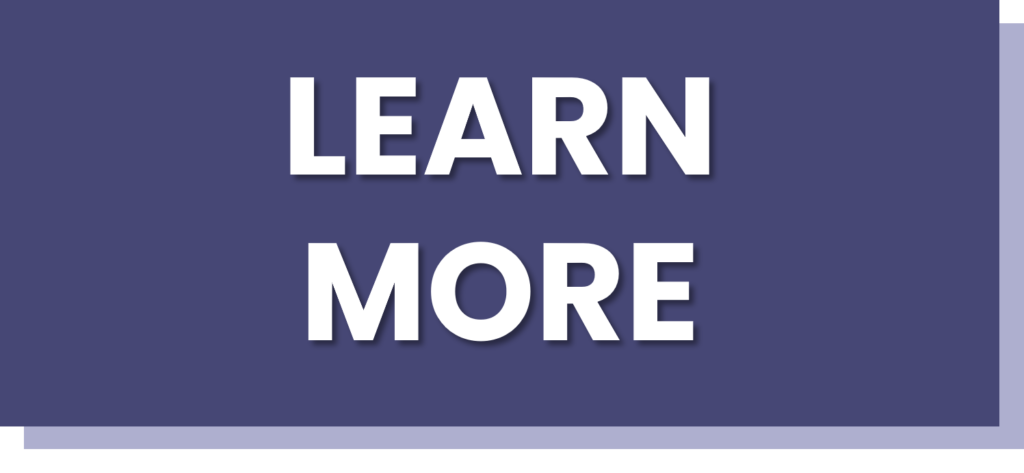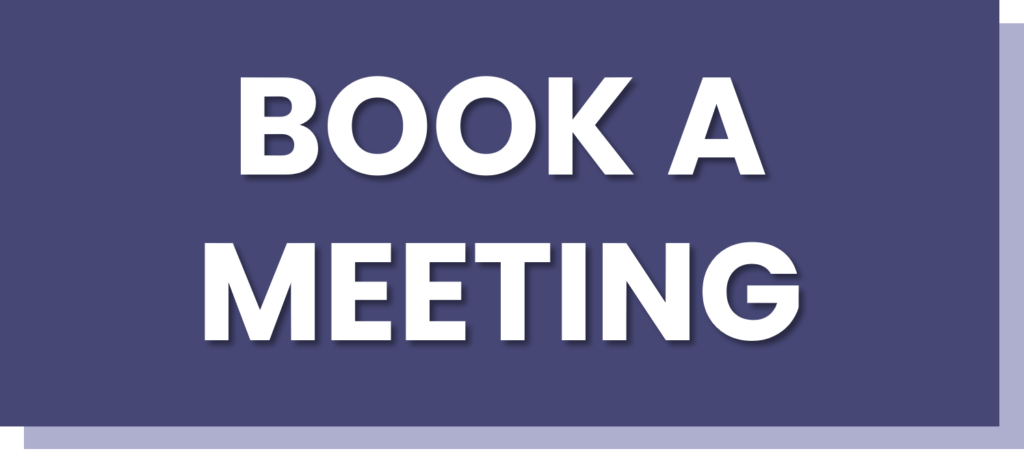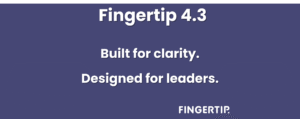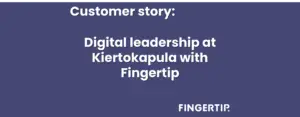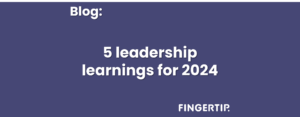Leadership is at the heart of every business. Great leadership removes obstacles of daily work, helps information flow better and reinforces psychological safety and job satisfaction.
Organizations with great leadership can attract better talent and keep them in their teams. This provides lasting competitive advantage. Leadership is the social process of turning strategy into actions by creating a common goal and the steps to be taken to get there.
Leadership is hard to quantify, but we can certainly say that good leadership is as important (if not more important) for business success as having product market fit. That is one reason most organizations want to digitize their leadership processes. However, it has not been easy. According to Gartner, 81% of boards have not made progress toward or achieved their digital business transformation goals. The Leadership by Excel strategy certainly isn’t doing the management or boards any favors.
Main issues in Excel leadership are version control and follow-up
The common ways most organizations start is by planning strategies and operations in Excel and PowerPoint. The choice of Excel as a leadership solution is understandable, as most organizations already use it, so availability and familiarity do not become obstacles. Surely spreadsheet software lowers the threshold for starting to track leadership processes, but from the perspective of result-oriented leadership, choosing Excel means missing out on true collaboration and has high risks.
Excel may work well as a listing tool to get your processes and responsibilities on paper, but its shortcomings become apparent very quickly when leadership wants to have a tool to support innovation and provide additional information for decision making. The first issues are encountered with version control and conflicting copies. The biggest issues are the inability to create accountable and measurable activity from the strategy, and that the tool becomes the focus of work rather than staying as a tool. People optimize their personal responsibilities in isolation when they are not rewarded for contributing to other people’s responsibilities.
Leadership by Excel guides operations to tamper with activities and metrics at the last minute, for example just before the next review moment, which naturally does not produce the desired results. Only some of the strategic goals are handled as they require, and the rest are left waiting for the next leadership squeeze marked in the calendar.
Use digital leadership tools for lasting benefits
While it is problematic and often frustrating, leadership by Excel can be a key step in understanding the potential of digital leadership. It can be applied fast and easily, and already starts to shape people’s thoughts towards a more holistic digital leadership system alongside digital communication.
That is why instead of returning to their original leadership ways, organizations that tried to lead with Excel instead started looking for other solutions. Many organizations feel that the best alternative to Excel leadership is an information system built to meet their own needs. However, everyone knows how extensive and frustrating large-scale information system projects tend to become.
However, the availability and timeliness of information should not be insurmountable requirements. And they really aren’t. Modern leadership tools, such as Fingertip, respond to all the above challenges without any major adjustments. With Fingertip’s help, for example, the responsibility for actions is conducted in a guided manner and the designated responsible person receives automatic reminders of the tasks assigned to him/her.
In this way, the tool controls operations in an automated way and the time and other resources of leaders are saved for more productive work. In a digital leadership tool like Fingertip, these problems are solved as if by themselves. When leadership is carried out on one secure platform, we can be sure that an up-to-date and accurate situational picture is available for decision-making and development.
Leadership in the modern work era
Fingertip’s leadership tools are designed for the needs of modern business and support the systematic development of leadership and are ideally suited for supporting different leadership models of every organization. It is natively built on Microsoft Teams and makes processes around strategic decisions, meetings, projects and activities accountable, visible and collaborative.
With the help of a digital leadership tool, creating an up-to-date and accurate situational picture can be done in a guided manner and produces results. The allocation of resources is easy as all the necessary information is available in one automatically updated place.
With an effective leadership tool, finding bottlenecks and driving change is faster and easier. With shared situational awareness it is possible to remove the obstacles of growth, find new opportunities to utilize in business and implement them faster.
Fingertip’s easy-to-use range of leadership tools does not require months to be deployed like traditional heavy information system projects. Testing Fingertip’s functionality goes smoothly, and implementation can be done in less than one hour. From day one all users will enjoy the benefits of structured leadership information and communication: less stress, less information overload, more clarity, better productivity and better job satisfaction.

